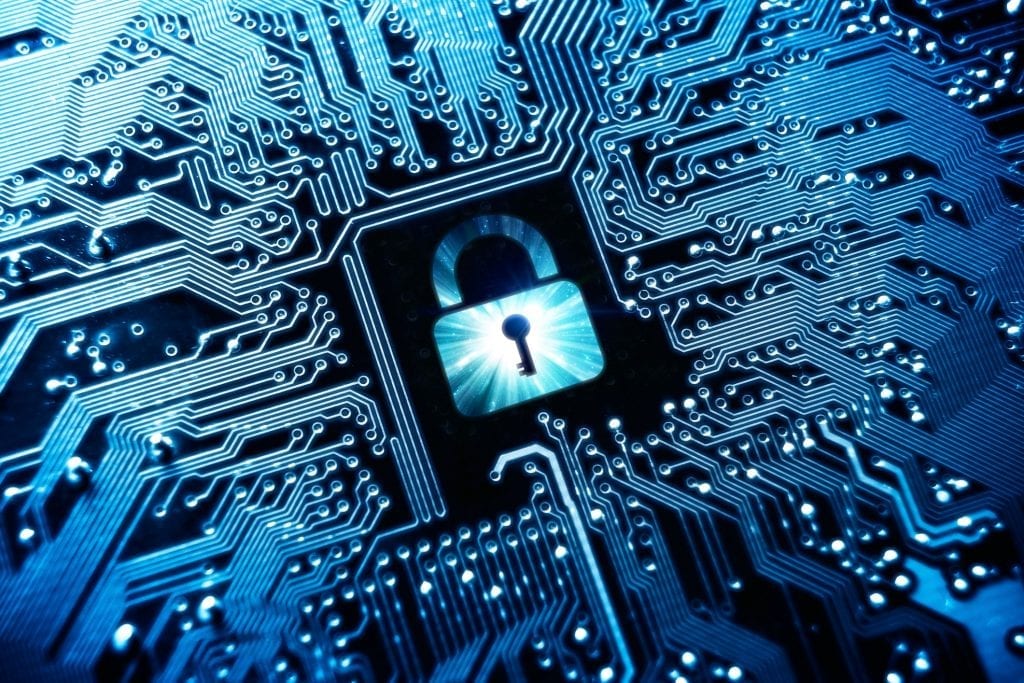How Appropriate Data Destruction Adds To Robust Computer Security Providers and Mitigates Risks of Information Violations
In today's digital landscape, the value of correct information damage can not be overstated, as it serves as a fundamental component of extensive computer system security services. The ramifications of insufficient data devastation extend beyond simple conformity; they can exceptionally affect an organization's cybersecurity pose and track record.
Importance of Data Damage
In today's digital landscape, the importance of data devastation can not be overstated. As companies increasingly depend on digital assets, the prospective risks linked with information breaches and unauthorized access amplify. Effective data destruction is a crucial component of a detailed info protection method, guarding delicate details from dropping right into the hands of destructive stars.
When data is no longer required, merely deleting data or formatting hard drives is inadequate. Residual information can commonly be recovered making use of easily offered devices, positioning substantial hazards to both companies and individuals. This underscores the need for robust data damage methods that make certain all data is irretrievably gotten rid of.
Moreover, regulatory compliance requireds, such as GDPR and HIPAA, emphasize the obligation to shield delicate information, including its proper disposal. Non-compliance can cause extreme legal repercussions and economic penalties. data destruction. Hence, incorporating reliable data destruction methods not only enhances safety and security however additionally strengthens a company's online reputation and dependability

Approaches of Secure Information Erasure
A number of reliable methods of secure information erasure can be used to ensure that sensitive info is completely gotten rid of from storage devices. One extensively acknowledged method is data overwriting, which involves replacing existing information with arbitrary patterns numerous times. This approach dramatically lowers the chances of information recuperation, although it might not be efficient versus sophisticated forensic techniques.

Physical destruction is also a trusted technique, where storage devices are made pointless with shredding, squashing, or incineration. This technique ensures that data can not be recovered whatsoever but calls for cautious handling of harmful products.
Finally, specialized software devices made for safe information erasure provide functionalities that adhere to various erasure standards. These tools usually include attributes like verification processes to validate successful information devastation.
Utilizing these techniques in mix can improve information safety and alleviate the risks linked with information breaches, making certain that delicate details is not accidentally revealed.
Legal and Conformity Considerations
The techniques utilized for safe and secure data erasure not just offer to secure sensitive details however likewise must align with legal and conformity structures regulating data protection. Organizations are needed to follow numerous regulations, such as the General Information Defense Law (GDPR), the Medical Insurance Portability and Liability Act (HIPAA), and the Settlement Card Sector Information Safety Standard (PCI DSS) These laws mandate details methods for information handling and destruction, ensuring that delicate and individual information is irretrievably erased when no longer required.
Failure to adhere to these lawful demands can lead to substantial charges, consisting of fines and reputational damage. In addition, organizations have to maintain documents of information damage procedures, demonstrating compliance during audits or examinations. This documents not only shields versus lawful consequences but additionally reinforces trust fund with stakeholders and customers, showcasing a commitment to information safety.
Incorporating legal and conformity considerations right into information damage techniques is crucial for any type of company. It decreases the threat of data violations and shows an aggressive strategy to safeguarding delicate info, inevitably fostering a culture of security and accountability across the company.
Effect On Cybersecurity Stance
Efficient data destruction considerably enhances a company's cybersecurity posture by minimizing the prospective strike surface area for cyber risks. When sensitive information is not appropriately ruined, it continues to be accessible to harmful actors that can manipulate this details for unauthorized access, identity theft, or corporate espionage. By carrying out durable data devastation protocols, companies can successfully minimize the risk of information violations and boost their total safety and security structure.
Moreover, the secure disposal of obsolete or unnecessary information not only shields delicate information but also aids companies follow industry regulations and standards. Failure to adequately ruin data can result in extreme legal consequences and reputational damages, more endangering an organization's cybersecurity position.

Ultimately, focusing on effective data damage is essential for promoting a robust cybersecurity posture, making sure that companies remain attentive versus progressing cyber hazards while securing their critical assets and stakeholders.
Ideal Practices for Organizations
Implementing ideal practices for data damage is essential for organizations intending click here for more to secure delicate info and alleviate cybersecurity risks. Most importantly, organizations need to develop a thorough data devastation policy that describes procedures and responsibilities. This policy needs to adhere to pertinent policies, such as GDPR or HIPAA, making sure legal consistency.
Secondly, it is necessary to utilize authorized information sanitization methods, including information wiping, degaussing, and physical damage, tailored to the kind of data and storage medium. Using licensed experts for data damage services enhances the reliability of these techniques.
In addition, organizations should maintain a thorough inventory of all Home Page data storage gadgets, ensuring that all obsolete or changed equipment undertakes destruction. Routine audits of data destruction practices can aid identify weak points and enhance conformity.
Employee training is one more vital element, as team has to understand the importance of information devastation and comply with established methods. Organizations should record all data destruction activities to give accountability and traceability, which can be important during audits or in the event of a breach.
Verdict

One widely recognized approach is information overwriting, which involves replacing existing data with random patterns numerous times.The methods utilized for safe and review secure data erasure not just serve to protect delicate details but also should align with legal and conformity frameworks controling data defense. These policies mandate particular procedures for data managing and devastation, making sure that personal and delicate data is irretrievably gotten rid of when no longer needed.
By applying durable data damage methods, organizations can efficiently reduce the risk of information breaches and enhance their overall security structure.
In final thought, appropriate data damage is necessary for enhancing computer system protection solutions and minimizing the dangers associated with data violations. - data destruction
Comments on “The Impact of Effective Data Destruction on Cyber Security Risk Management”